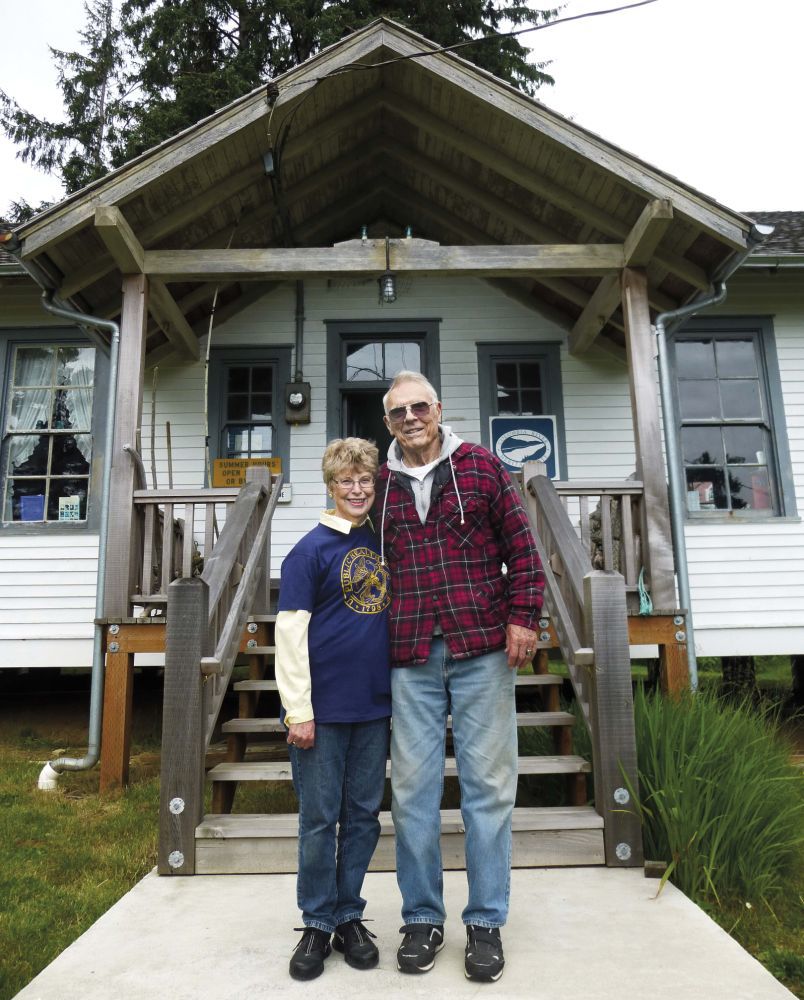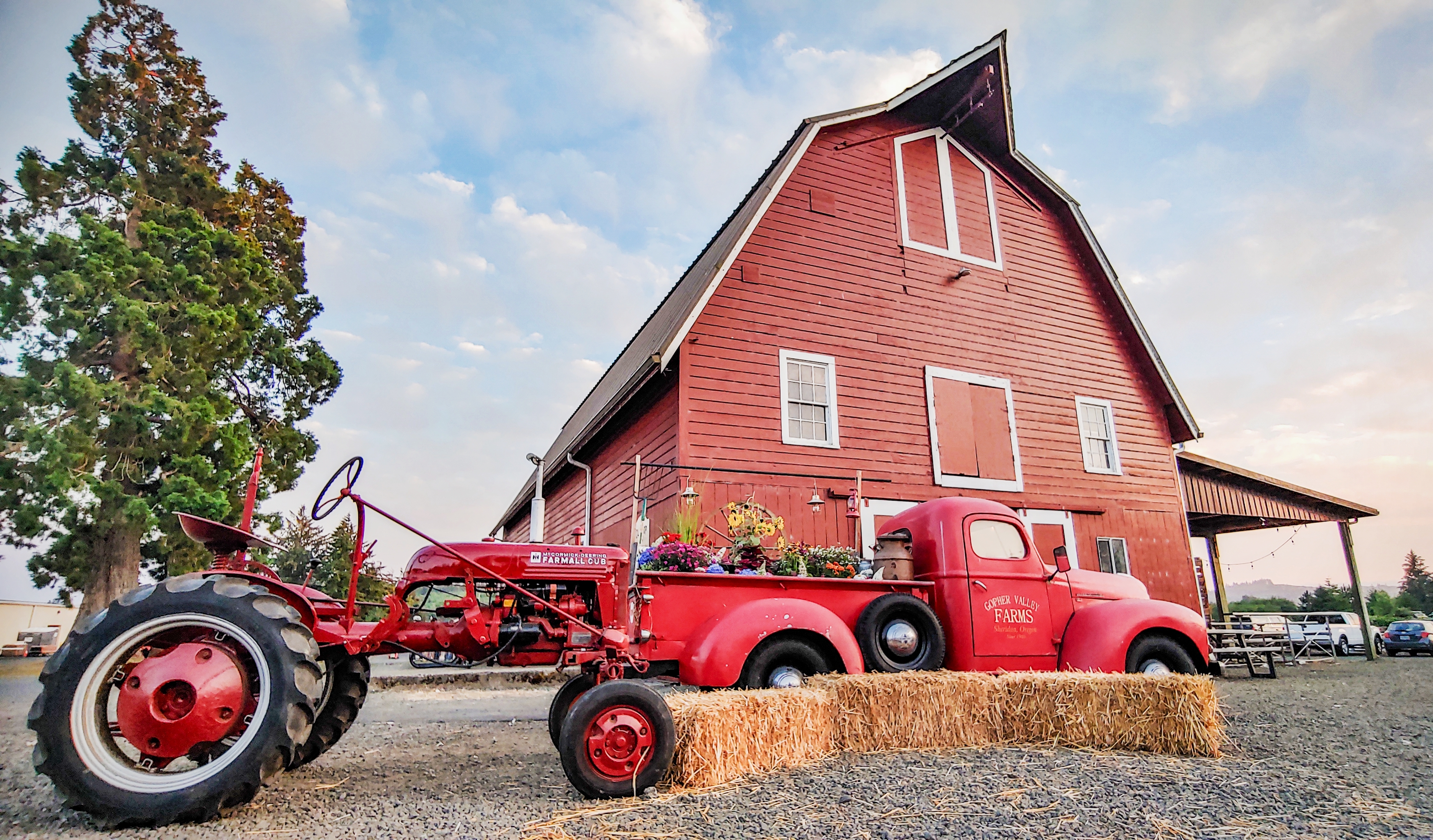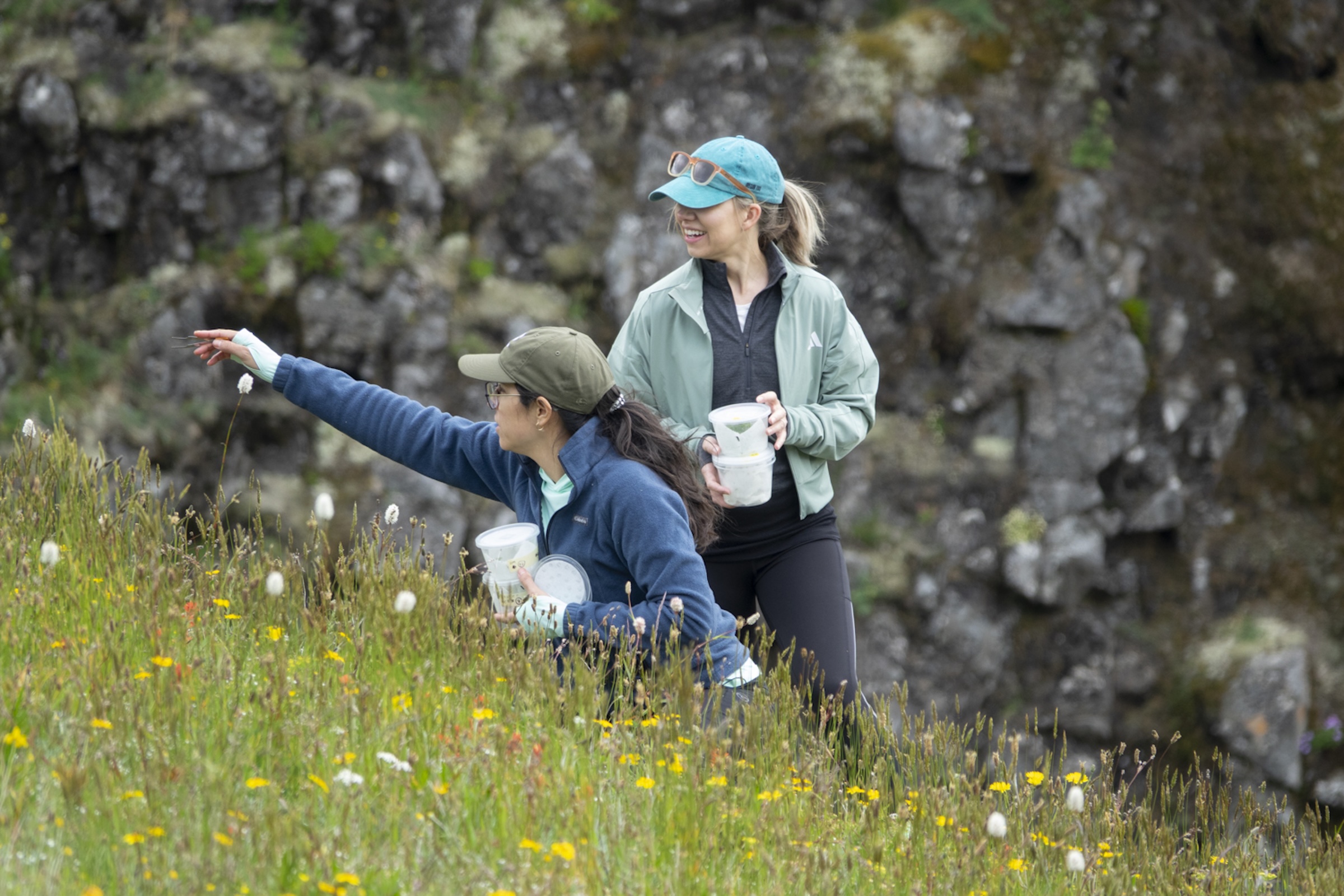Knappton Cove Heritage Center
Published 6:50 am Thursday, July 4, 2013

- <p>Nancy Bell Anderson and her brother, Tom Bell, run the Knappton Cove Heritage Center.</p>
On November 30, 1904, after a tumultuous 26-day voyage from Japan, the British steamship Elleric arrived in Astoria carrying unwanted cargo in the form of the smallpox virus. The ships captain and a fireman were both stricken. The Morning Oregonian reported that Dr. Baylis Earle of the U.S. Marine Hospital Service (now the U.S Public Health Service) boarded the vessel after it anchored. After an inspection, Earle quickly sent the Elleric across the river to the Columbia River Quarantine Station near Knappton, Wash.
Trending
According to Earles annual report, the sick men were then isolated and the entire crew were bathed, and their effects and the entire vessel disinfected in accordance with the regulations. All the crew, together with the entire quarantine force, were vaccinated, and those failing to take were revaccinated after four days observation.
Known as the Ellis Island of the Columbia, the quarantine station was established in 1899 to help keep disease from entering the U.S. by the inspecting all inbound ships and their crews and passengers. In the 1800s, unsanitary shipboard conditions were a considerable problem, and ships often became giant petri dishes in which disease bred and spread.
Dubbed the Health Guardians at the Gate by the Knappton Cove Heritage Center, quarantine crews conducted their own brand of germ warfare. Often risking their health to protect the nation, they battled to keep the bubonic plague, smallpox, yellow fever, typhoid and cholera from entering the country through its ports.
Trending
Knappton Cove and other quarantine stations, or pesthouses as they were known, were credited with cleaning up the shipping industry because ship owners soon realized that unclean ships cost money. Owners had to foot the bill for fumigation and return passage of anyone deemed too unhealthy to stay in the country. Better health practices and the increase in inoculations saw the decline of quarantine centers in the late 1930s and early 1940s. Nancy Bell Anderson, director of the Knappton Cove Heritage Center, estimates that by the time the station closed in 1938, about 100,000 immigrants had passed through health inspection at the Columbia Rivers pesthouse.
These smaller ports met the same qualifications and did the same thing as Ellis Island did, and we think people ought to know about that, Anderson says. Knappton Cove is special in that it may be the last remaining government-run quarantine station on the West Coast. Many of the pesthouses were burned after they closed down for fear of what vermin might still be lurking in walls and floorboards.
After the station closed, Knappton Cove sat quietly until 1950, when Andersons brother, Tom Bell, read a notice in the paper stating that Fort Columbia was to be sold. Thinking it might be a worthy investment, he wrote for the brochure. Although he missed out on that purchase the property was given to the state for a dollar his inquiry got him on a mailing list, and six weeks later a listing for the quarantine station arrived in the mail. Their father, Clarence, and a partner purchased the property and turned it into a sport fishing camp.
A few years after the fishing camp closed, Anderson and her family decided the historical significance of the property deserved to be honored. In 1995, they took on the guardian mantle and turned the station into a nonprofit museum, protecting an important part of history by telling the story, not just of the quarantine station, but of Knappton Cove itself.
The cove has a richly layered history. According to Andersons book The Columbia Rivers Ellis Island: The Story of Knappton Cove, oral tradition indicates the site may have once served as a temporary camp and fishing ground for the Chinook Indians. It is also on the officially designated Lewis and Clark Canoe Trail. The explorers visited the site on November 10, 1805. Tom always says they stopped here for peanut butter sandwiches, Anderson jokes. From 1876 to 1897, the Eureka and Epicure Packing Company ran a cannery at the cove.
Those historical layers continue to yield solid reminders of the past. At low tide, artifacts can often be found: shards of Chinese ceramics from the days of the cannery, pieces of dishware from the U.S. Marine Hospital Service, and porcelain doll pieces. Blue trade beads from the 1700s were once found in a mole hill on the property.
Knappton Cove Heritage Center is inviting kids to come explore the layers of history on its first ever Junior Archaeology Day on Saturday, July 20. Andersons daughter, Heather Bell Henry, and board member Samantha Steerman, who studied archaeology at Portland State University, have created an afternoon event to give budding archaeologists and future guardians of history an opportunity to dig into the past. It promises to be a fun day of discovery on the Discovery Coast.









